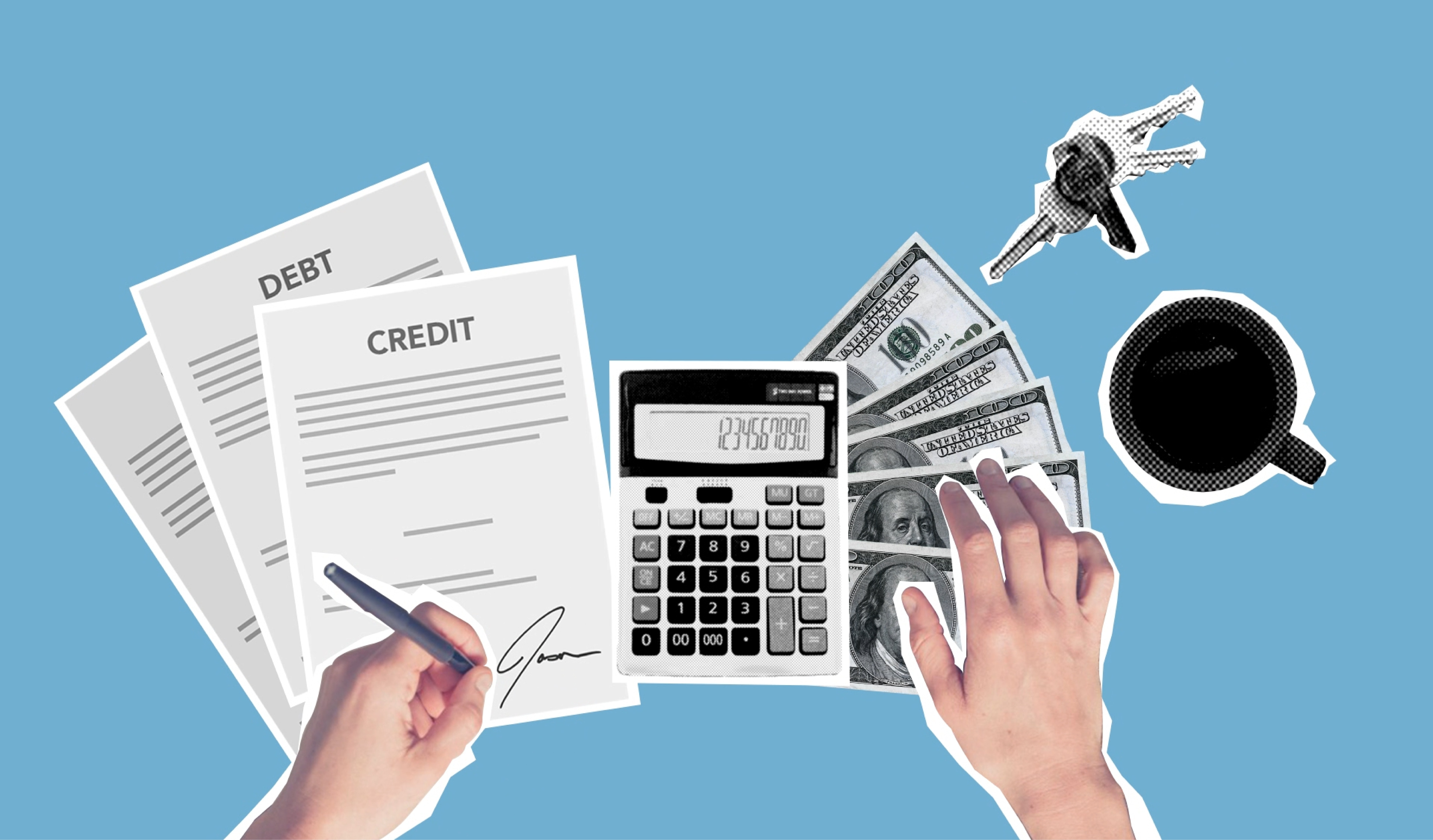If you find yourself in the position of not being able to repay your credit card bill, you might be eager to consider the different methods of credit card debt relief and your options for financial assistance.
As you learn more about debt relief options, you might come across the concept of a credit card relief program, such as credit card forbearance.
So if you’re asking yourself, “what is credit card forbearance?” this article could help you.
What is Credit Card Forbearance?
Credit card forbearance programs are financial relief schemes offered by most card issuers to help those experiencing financial hardship.
The aim of a forbearance program is to make paying back credit card debts easier without putting any additional strain on their financial situation. Usually, this is done by waiving late fees, pausing monthly payments, eliminating minimum monthly repayments, and lowering interest rates.
Most often, people sign up for a credit card relief program when their financial situation has changed out of the blue. For example, if they have had a reduction of working hours, their job unexpectedly let them go, or they had to fork out for a large unexpected bill.
However, it should be noted that the assistance offered by forbearance schemes is a temporary fix, and what assistance you are offered will depend on a variety of factors. These factors include:
- The credit card issuer you are with
- Your credit history
- Your financial situation
- The reasons for requiring forbearance
- Your relationship with the credit card issuer
What are the Benefits of Credit Card Forbearance?
The key benefit of a credit card forbearance scheme is the ability to prioritize bills such as rent, your mortgage, or utilities after running into financial difficulty. For example, if you have recently had a reduction in working hours and, therefore, wages, paying back your credit card loan on top of your other expenses could be financially disastrous. Forbearance programs allow you to pause those repayments until you are in a more financially secure place.
Other benefits of forbearance include:
- Eradication of late fees
- Lower interest rates
- Stress relief
- Ability to pay off debts with higher interest rates
- Missed payments shouldn’t impact your credit score
What are the Cons of Credit Card Forbearance?
While credit card forbearance can offer a great deal of help in times of need, there are cons to applying for these programs.
One of the main cons of a credit card relief program is that it’s only a short-term solution. For those with larger debts who need assistance over a long time period, a credit card forbearance program is unlikely to be suitable.
Other cons of forbearance programs include:
- You continue accruing interest during the forbearance period
- Can encourage bad money habits
How to Apply for Credit Card Forbearance
If you have decided a credit card forbearance program is the most suitable option to improve your financial situation, you’ll need to understand the application process to give yourself the best possible chance of being accepted.
The first step is to visit your card lender’s website and ensure they offer hardship programs. Then, create a budget to assess how much you can afford each month and be ready to explain the cause of your financial hardship.
Once you have collated all the relevant information, you can apply for a suitable program. Depending on the lender, you might be able to apply via the website. However, most lenders require you to call them directly.
Final Considerations
Choosing what route to take when you find yourself in a difficult financial situation is a serious and complicated decision. So, if you find yourself asking, “What is credit card forbearance, and how can it help me?” it’s important not to jump in too quickly.
So, before applying for a forbearance program, consider your financial situation, your card lender, and the pros and cons.


